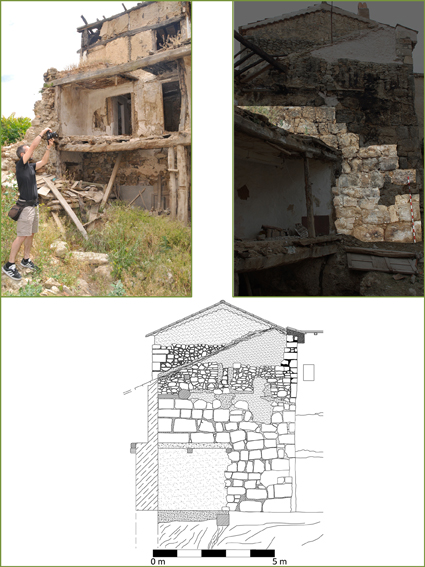Archaeology in progress
My contribution to the study of the phenomenon of medieval petrification is to use archaeology of architecture to answer some questions of Petrifying Wealth project.
Through my experience as an archaeologist specialized in the analysis of historical buildings, I am developing several lines of research that include the analysis of some sites sample both of the Italian territory and of the Iberian peninsula.
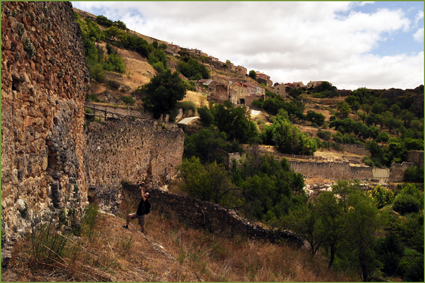
The work consists in identifying the architectural traces of the Middle Ages still present in the urban fabric of cities and rural towns. The main steps are the identification of the masonry techniques, the registration of the types of construction material and the classification of the architectural typologies.
The analysis of this information compared with the data of other historical disciplines allow me to reconstruct the development of the settlement forms of an anthropized landscape and to recognize the possible implications with socio-economic and political events. In this way, the results obtained may become a fundamental point of passage for understanding the medieval petrification process.
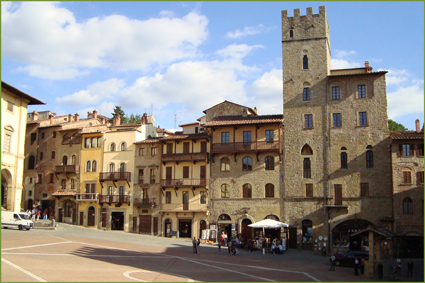
On a practical level, the analysis method involves the initial recovery of all historical, archaeological, geomorphological and paleoenvironmental information of a specific context and its surrounding territory. All information are usually stored in a database and they are georeferenced on a GIS platform. Later, the buildings are identified and classified through a photogrammetric survey. The analytical part is rounded off by the stratigraphic analysis and the typological study of the masonry.
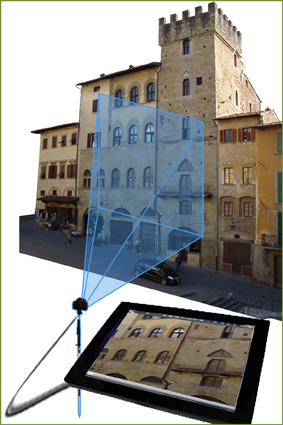
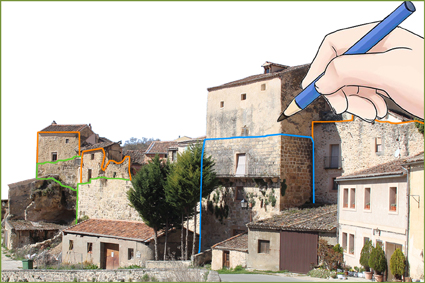
I am currently reviewing and updating a research that I have conducted in Chiana’s Valley (eastern Tuscany). This project is focused on the study of rural population dynamics and of power structures that are developed in this territory during the Middle Ages.
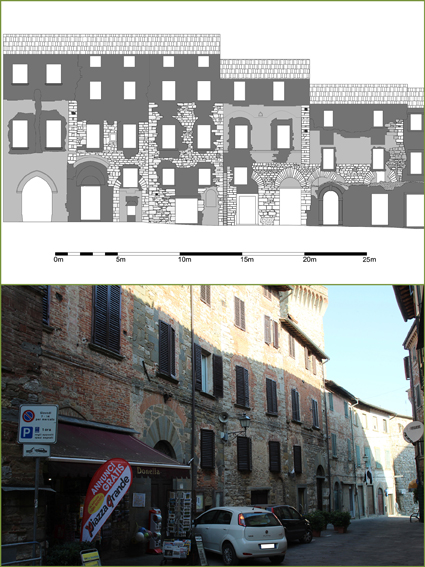
At the same time, I am working on the historical city centre of Tivoli (near Rome). The principal goals of this investigation are: the reconstruction of the building sequences, the identification of production cycles, the definition of building types and housing arrangements. Here too, the purpose is to analyse the urban and topographical evolution of the medieval city.
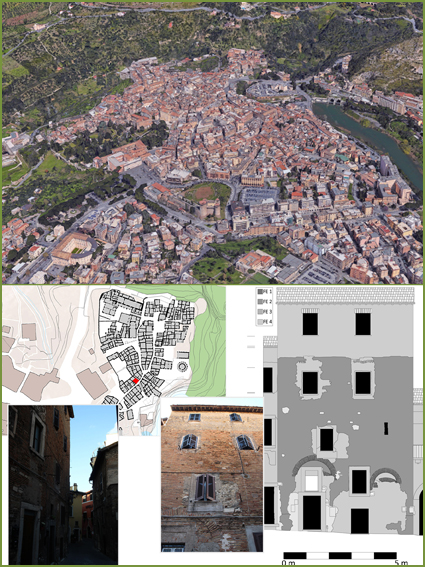
A further line of research provides the study of the Spanish town of Sepúlveda (near Segovia). This project is shared with colleagues Enrique Capdevila and Rocío Maira and the intention is to use this site as a reference point to recognize the material elements that witness the Spanish petrification process. As a result, it will be possible to compare this information with the data collected for the surrounding territory of Castilla and, more generally, of the Iberian Peninsula.
